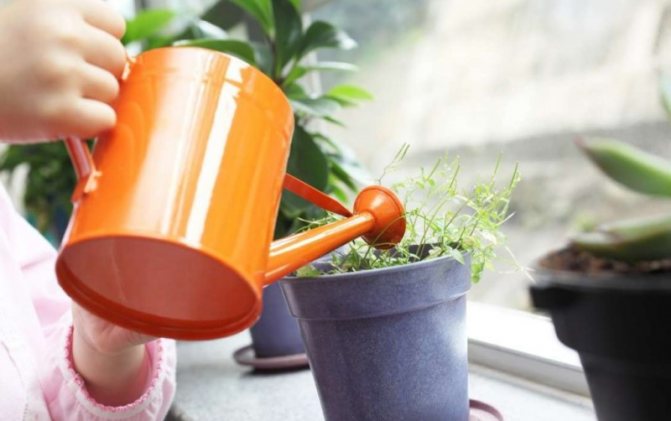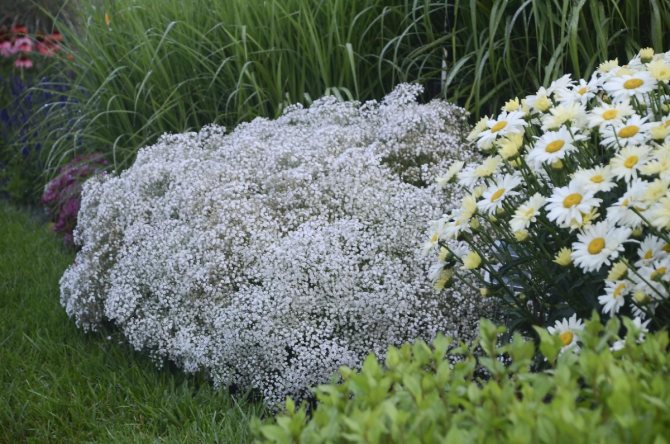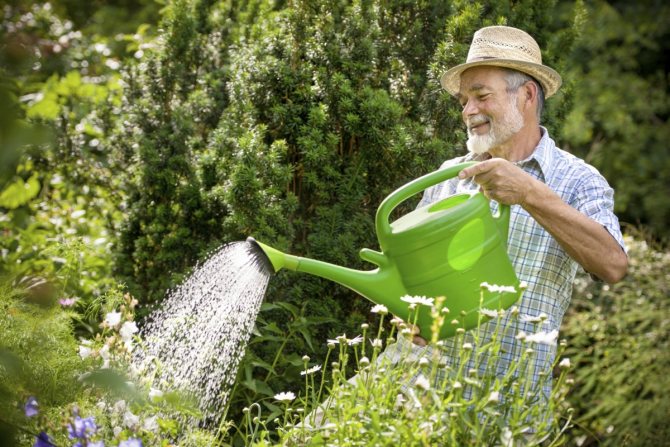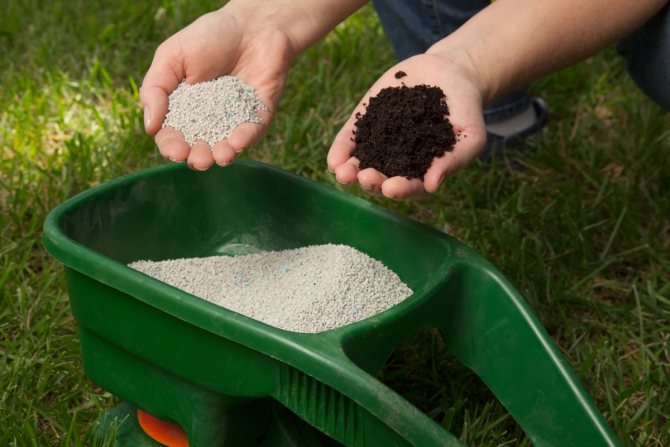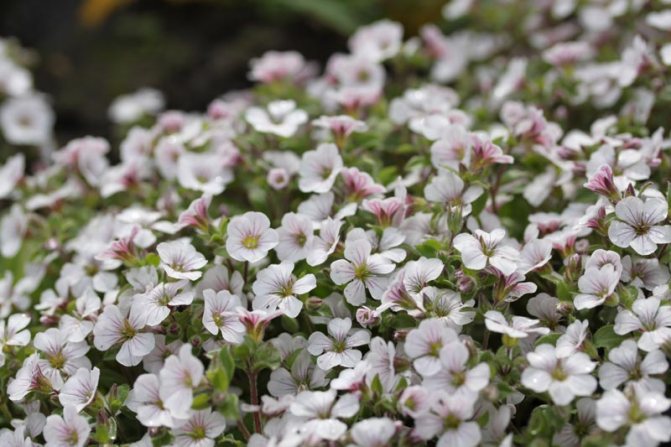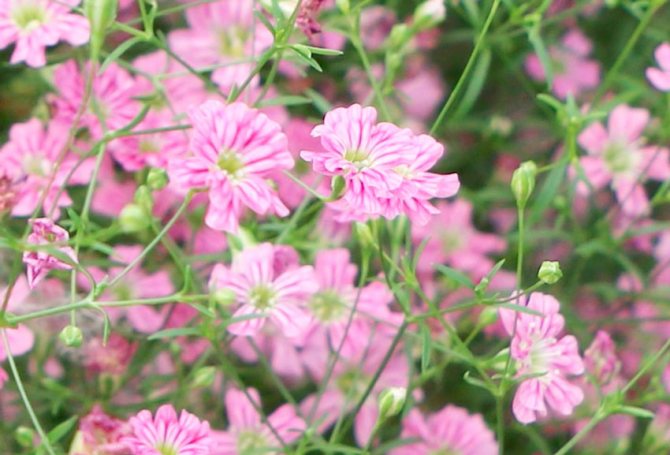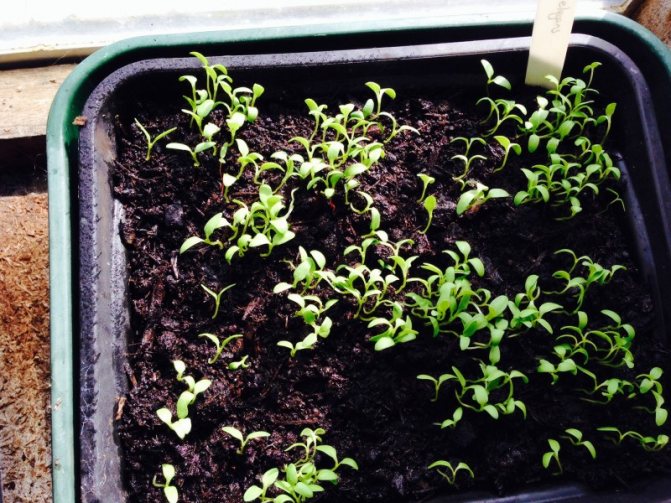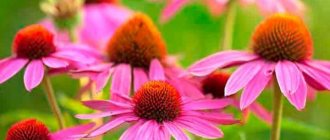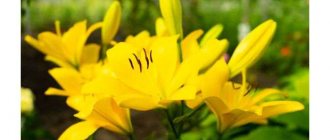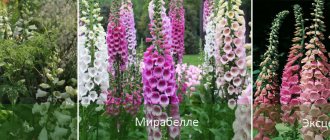Types of gypsophila
The plant is annual and perennial. In the garden, the second type of flowers is often grown, and in the garden, the first. Gypsophila (Gypsophila) is called gypsum and kachim. It is a subshrub from the Clove family that produces many white or pink flowers. The height of an adult plasterboard depends on the variety - from 15 to 120 cm.
Popular types of gypsophila:
- Graceful.
- Paniculata.
- Yaskolovidny.
- We swing the creeping.
- Letchworth.
- Panicled "Flamingo".
- Areciiform.
Graceful
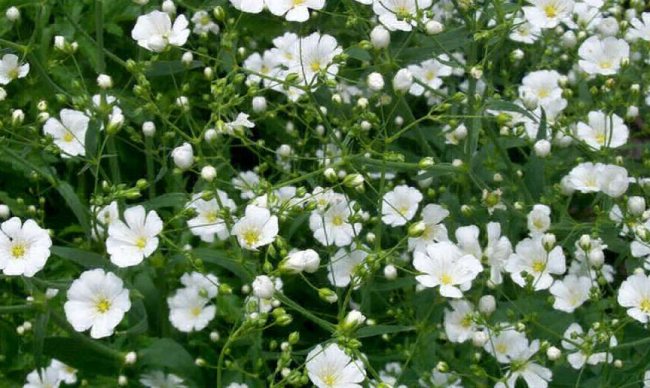
An annual plant that is sown directly into the ground. The average height of the shoots is 40 cm. The graceful swing is distinguished by decorative flowers, therefore it is often found in gardens. Alkaline soils are suitable for this variety. The plant has small white, pink, or purple flowers that bloom from June to August. An elegant plasterboard is used to decorate bouquets, paths in the garden, and decorate flower beds.
Paniculata gypsophila
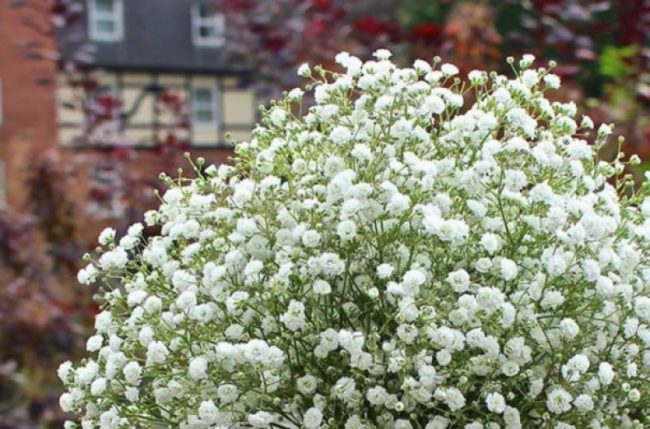

The plant is perennial. Flowering in paniculata gypsophila begins in late August or early September. The height of the kachima is 1.2 meters, and the width is 1 m. The flower is planted in rectangular flower beds, containers, pots.
Beautiful varieties of paniculata gypsophila:
- Bristol Fairy... Differs in double white flowers. Leaves are dark green, flexible shoots need support.
- Snowflake... It grows up to 1 m. White double flowers do not appear until July.
- Compact of Captivity... The variety is characterized by its small size: the maximum height of the bushes is 60 cm.
- Flamingo... The height of the spherical bush is up to 120 cm. The stems are highly branched. At the end of summer, white or pink double flowers appear.
Varieties of paniculate gypsum are divided into 3 groups:
- Small white... Double flowers, such as Bristol Fairy.
- Large-flowered white... A million stars, Double time. Wedding bouquets are often decorated with these plants.
- Little pink... Example, Super pink.
Jaspolkovidnaya


The evergreen plant reaches 20–25 cm in height. Yaskolkovidny gypsum-lover blooms from mid-spring to mid-summer. It is often planted in rocky gardens. The cultivar produces small purple, white or pink flowers.
Swing creeping


The plant belongs to the group of annuals. The height of the bush is 15–20 cm. Creeping gypsophila loves warmth and sun. It is used to decorate walls, fences, flower beds, rocky gardens. Kachima has paniculate inflorescences, flowers with five petals of a pink or white hue. Shrubs need light, loamy soil. Flowers are tied from June to September. Creeping gypsum is used when making bouquets.
Description of the plant


Gypsophila is a herb for open ground. It is a shrub or semi-shrub, growing in height up to 20 - 50 cm. Gypsophila is a frost-resistant and drought-resistant plant, very light-loving, prefers open spaces, periodic moderate watering.
When describing gypsophila, special attention is paid to the stem, root system and flowers. The stem is practically leafless, thin, branched, erect, in most species it forms a spherical, outstretched bush.
Gypsophila flower is very small, collected in loose paniculate inflorescences. During the flowering period, it densely covers the entire plant. The color range is mostly white, with many species and varieties presenting pink tints.
The rhizome is pivotal, powerful, but shallow. The leaves are green, miniature, oval and lanceolate.
After the flowering period, a fruit is formed - a seed capsule of a spherical or ovoid shape, the germination of seeds can last up to 2 years. When planting seeds in spring, by the beginning of summer you can already see the flowering gypsophila. In addition to the seed method, many gypsum lovers reproduce vegetatively, although this method is much more difficult to get a new plant, since the survival rate and rooting of cuttings are rather low.
Growing conditions
Requirements for soil, temperature conditions, air humidity, illumination depend on the type of kachima. Gypsophila can be grown at a temperature of about 20 ° C. The plant does not like excessive moisture, grows in open ground. Prefer light, alkaline soil.
Soil for gypsophila
On humus or excessively damp soil, swing grows poorly. For growing bushes, use sandy-loamy, clayey soils with a pH of at least 6.3. For planting gypsum loves, experienced gardeners prepare a sandy substrate. Add lime, small stones to the soil. The soil should be air permeable.
Temperature regime
Heat is an important factor for the growth and development of a plant culture. Gypsophila begins to bloom at 12 ° C. During the growing season, the temperature should be higher. Maintain 25 ° C during the day and 22 ° C at night. Protect the sprouts from the wind.
Illumination
The plant loves sun and warmth. The minimum day length for successful growth is 12 hours. In the spring, if there is a shortage, arrange additional artificial lighting with LED, fluorescent or gas-discharge lamps.
Preparing for winter
Gypsophila belongs to perennial shrubs, so in the fall it needs to be prepared for the frost period.
It is necessary to wait until the bush is completely dry. It is freed from seed pods, after which all branches are cut off at the root. It is important that the plant is dry, otherwise root rot will develop and the gypsophila will die.
In a snowy winter, the bush will easily tolerate freezing temperatures, but it is better to mulch the soil. For this, the soil is sprinkled with peat or humus. Young seedlings are covered with spruce branches or dry leaves.
Planting gypsophila in open ground
The plant can be grown from seeds or cuttings. For the successful growth of gypsophila, choose the right place and prepare the soil. Kachim grows poorly on clay soils. The soil should be loose, drained. Choose the landing site on the south side.
Planting process:
- Prepare the site, moisten the soil abundantly. Arrange drainage.
- Distribute the seed evenly over the beds. Cover the seeds with a small layer of soil. The interval between the beds is no more than 10 cm.
- Create a greenhouse effect by covering plantings with plastic or agrofibre.
Do not plant plants in frozen soil. Even after preliminary preparation of the soil, the swing will not be able to grow, since the soil temperature will be too low. In this case, distribute the seedlings in separate containers, add some organic and mineral fertilizers. Thin as the plant grows. Maintain an interval of 15 cm. After a pair of leaves have formed, transplant the seedlings to the site.
How to grow an annual gypsophila from seeds
Annuals, unlike perennial varieties, reproduce only using seeds. The process should begin in early spring or before winter. Seeds must be sown in April in special seedling containers and covered with glass. After the seedlings grow up (after 2 weeks), the germinated seeds should be thinned out, making sure that there is a gap between the seedlings of 15 cm or more. Then they are transferred to a new place, where they will grow constantly.At the same time, no more than 3 seedlings must be planted for each square meter, otherwise the overgrown shrub will drown out the individuals growing in the neighborhood. After 3 - 4 years, the plant grown from the seed will acquire decorative effect.
Reproduction methods
The plant is grown in gardens or greenhouses. Even dried gypsophila retains its decorative properties and is used to decorate bouquets. When growing a plant indoors, remember that kachim needs a long day of light (12-14 hours). Gypsophila can be propagated by sowing seeds or cuttings.
Seeds
Sow annual plants in early spring. Grow under plastic to protect young flowers from possible frost. Sow perennial plants in an unheated greenhouse. In summer or early autumn, transplant shoots into open ground. Move the young plant to the beds no later than mid-April. The gap between the shoots is 60 cm. Cover the transplanted gypsophila with a film until May.
Cuttings
Use this breeding method for paniculate gypsum. In a heavily overgrown bush, cut off the young shoots to form inflorescences. Perform the procedure in late April or early May. Outdoors, cuttings should take root before fall.
Breeding rules:
- Loose soil with a slight addition of chalk.
- Planting depth - 2-2.5 cm.
- The air temperature is about 20 ° C.
- Provide 12-hour daylight hours with lamps.
- Treat the cuttings with a solution with heteroauxin.
Curly flower care
In order for you to enjoy your plants for over a year, you must follow a few simple general rules:
- Prepare the support properly. It must be suitable for growing grapes, strong and not afraid of strong winds and heavy rain;
- The staggered method of placing various plants is preferred. An uneven number of people is recommended;
- Cut plants in a timely manner, water and fertilize on time;
- We must not forget to protect perennials from pests and weeds. Uncultivated weeds harm the water and food balance;
- Tightening the garter belt for tall people regularly and removing dried flowers is a must;
perennial flowers of the bulbous garden: https: //612345555321/lukovichnyj.123451: //6.landshaftnyj-dizajn/12345451/
How to care for gypsophila
Kachim resists adverse environmental conditions well, therefore does not need special care. Water it regularly for a lush bloom. At consistently high temperatures, the frequency of watering can be increased, but this is not necessary in humid climates. Stagnation of water will provoke rotting of the roots: a drainage or a branch pipe is installed.
Fertilization and feeding
It is not necessary to often add humus, peat, nitrogen to the soil. Feed only perennial varieties after the first year and overwintering. Use mineral fertilizers with nitrogen, calcium or potassium. Mulch the soil for a successful wintering. Add humus to the soil, a little chalk.
Pruning
Perennial varieties grow rapidly. Pruning is needed to give the plant a neat look. The procedure is carried out after flowering. The bushes are pruned, leaving 2–4 shoots at the base to make the plant more luxuriant. Periodically, the gypsum lover needs a transplant, but some varieties grow in one place for up to 25 years.
Creeping shoots form dense bushes that look unkempt when clustered in a narrow space. Without transplanting, swing will destroy the neighboring weak plants. Young bushes easily tolerate this procedure. They are transplanted for the first time after 2 years.
Diseases and pests
A complete lack of care can lead to the appearance of destructive rust and gray rot on the crop, and root nematodes are often formed.To get rid of them quickly and without harming the plant, it is recommended to regularly spray the bushes with phosphamide. If this method turns out to be ineffective, then the bush is dug out and washed together with the root system under hot water. To get rid of rust, the culture is treated with special fungicides. It can be copper sulfate or Bordeaux mixture.
Gypsophila in landscape design
The panicle swing is suitable for decorating borders, flower beds, flower beds. Creeping plant varieties are planted on rocky slopes, stone flower beds, alpine slides. Gypsophila looks great next to perennial greens. Echinacea, yarrow, liatris, phlox, wheatgrass will become good "neighbors". Any type of gypsum grows next to the stones.
Perennial gypsophila: combination with other plants
Delicate perennial gypsophila, planting and caring for which does not take much time, looks great surrounded by bright perennial plants with large flowers. These can be monads, phloxes, liatrices, roses. A combination with roses is considered a classic: it is this composition that allows not only to beautifully decorate the garden area, but also visually expand it, create a magnificent mixborder in distant places.
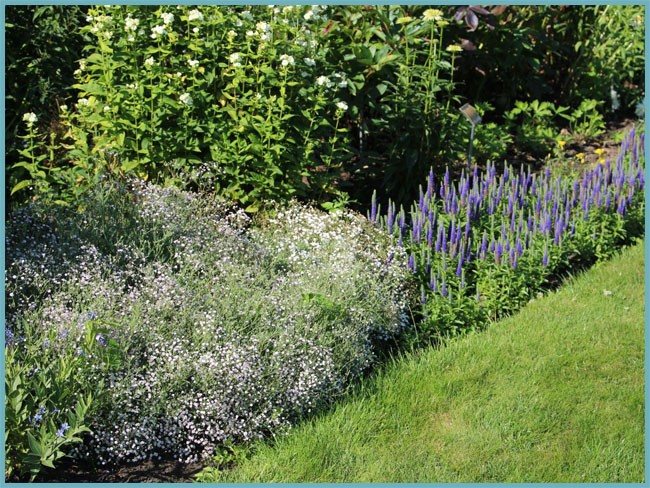

Gypsophila in a flower bed

